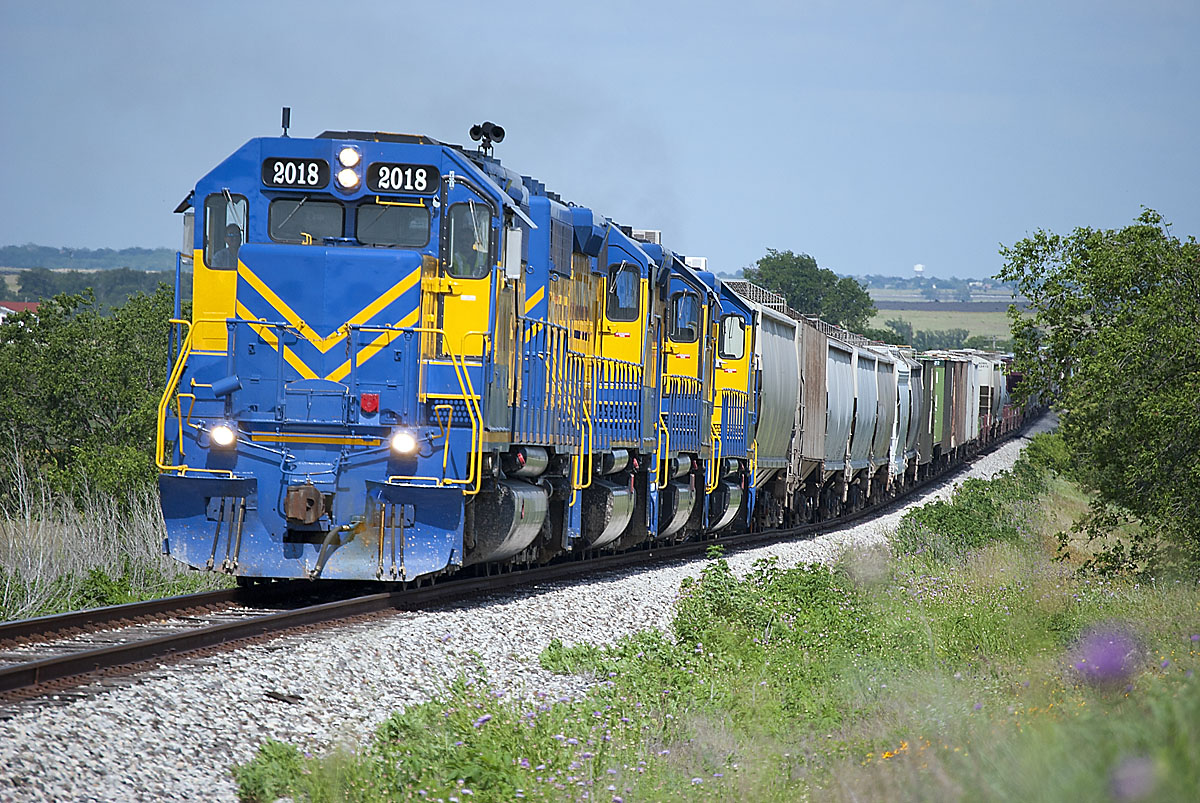A Each railroad develops formulas to govern length and tonnage limits across its system. Each railroad has their own formula based on operating philosophies. These can be further modified for certain subdivisions with heavy grades or curves.
A few of the factors that determine the formulas are rules that include a train’s composition — where the loads and empties are placed throughout the consist — and whether the train has conventional power on the head end or if additional locomotives are used as distributed power either mid-train or on the rear.
Locomotive consists are typically restricted to a certain number of power axles, with guidelines on quantity and placement within a train outlined in “special instructions” that are issued to operating employees. Each consist in a train (for example, the head-end locomotive consist and rear-end locomotive consist in distributed power) tend to have different quantities of maximum power axles.
Two maximum train lengths for Class I railroads are 18,000 feet for Union Pacific and 14,000 feet for Canadian Pacific. Trains can be this long only when certain criteria, such as locomotive placement and train makeup, are met. — Chris Guss













